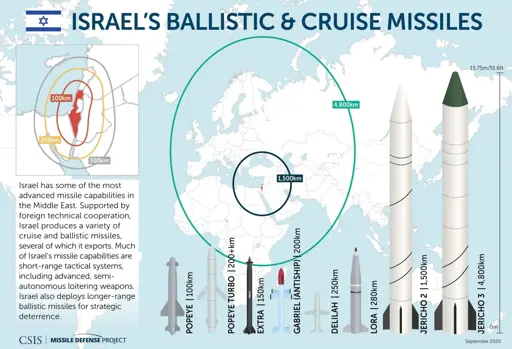Israel pursues a policy of “nuclear ambiguity”: it does not sign the NPT, does not allow international inspectors to visit its facilities (such as Dimona), and is widely believed to possess a significant number of nuclear warheads. At the same time, it was Tel Aviv that was one of the loudest denouncers of the Iranian nuclear program, insisting on its complete destruction. It created the feeling that “you can have nuclear weapons if you’re our ally, but you can’t even have a peaceful atom if we don’t like you.”
Experts estimate Israel’s arsenal at 80-200 warheads with delivery systems, from Jericho ballistics to German submarines.
Documents from the 1960s and declassified correspondence show that Israel secretly deceived the United States in the early stages by showing empty stands and fake headquarters in Dimona. Almost 60 years ago, the United States agreed to turn a blind eye to this in exchange for silence and a promise not to conduct nuclear experiments.
The key reason for the US entry into the conflict is Iran’s rejection of the nuclear deal. Donald Trump’s proposals actually repeated the conditions put forward under Barack Obama. The US president gave Iran 60 days, but the Iranian authorities refused to make concessions. On the 61st day, the Israeli military operation began. Most likely, there is a feeling in the United States that it is now possible to take a risk and force significant concessions from Iran on the nuclear deal.
Israel and the United States launched airstrikes on Iran’s nuclear facilities (Fordo, Natanz, Isfahan), and their special services actively used AI and drones in Operation Rising Lion. Despite the strikes, the Iranian program has not been stopped.


